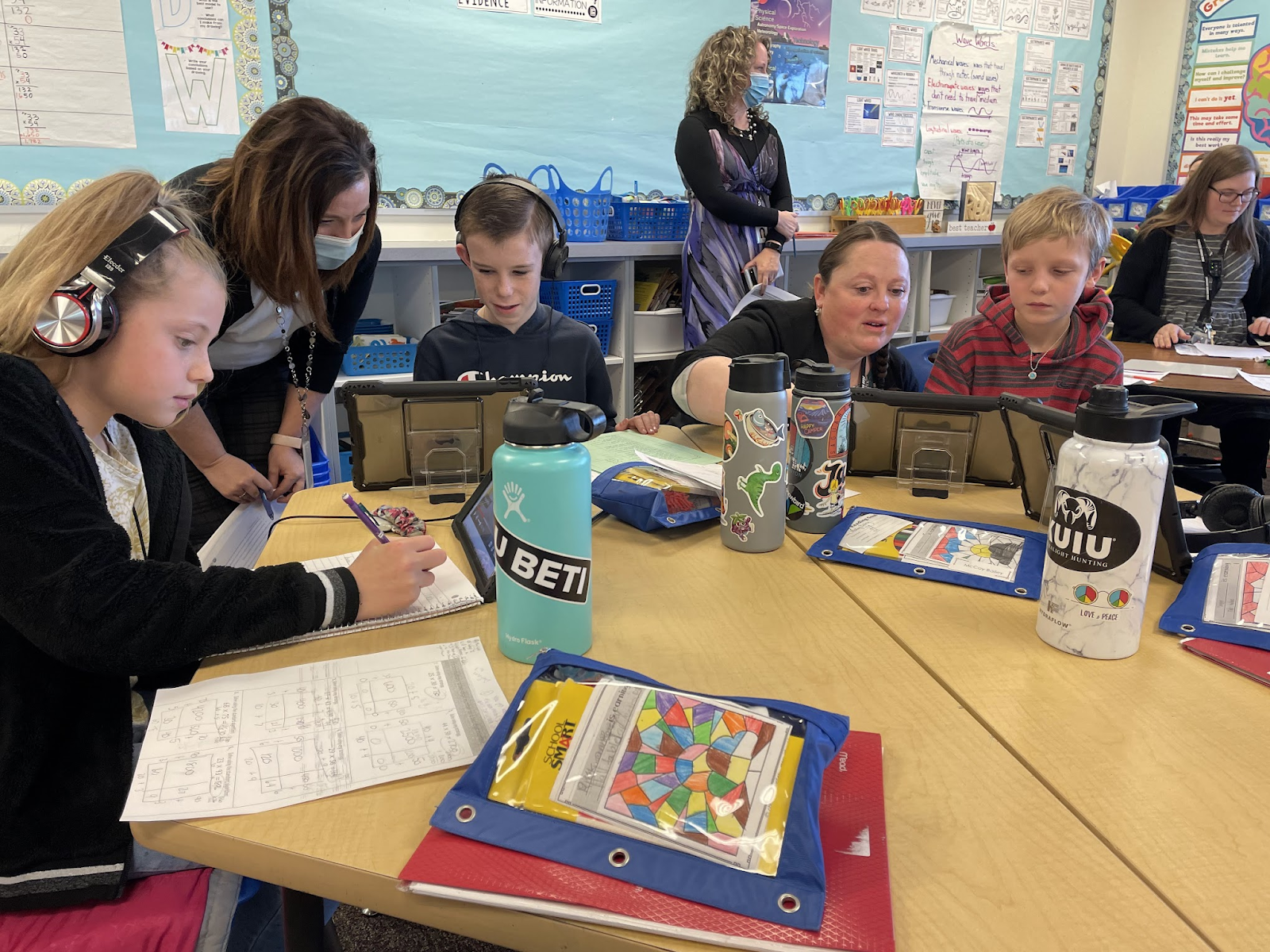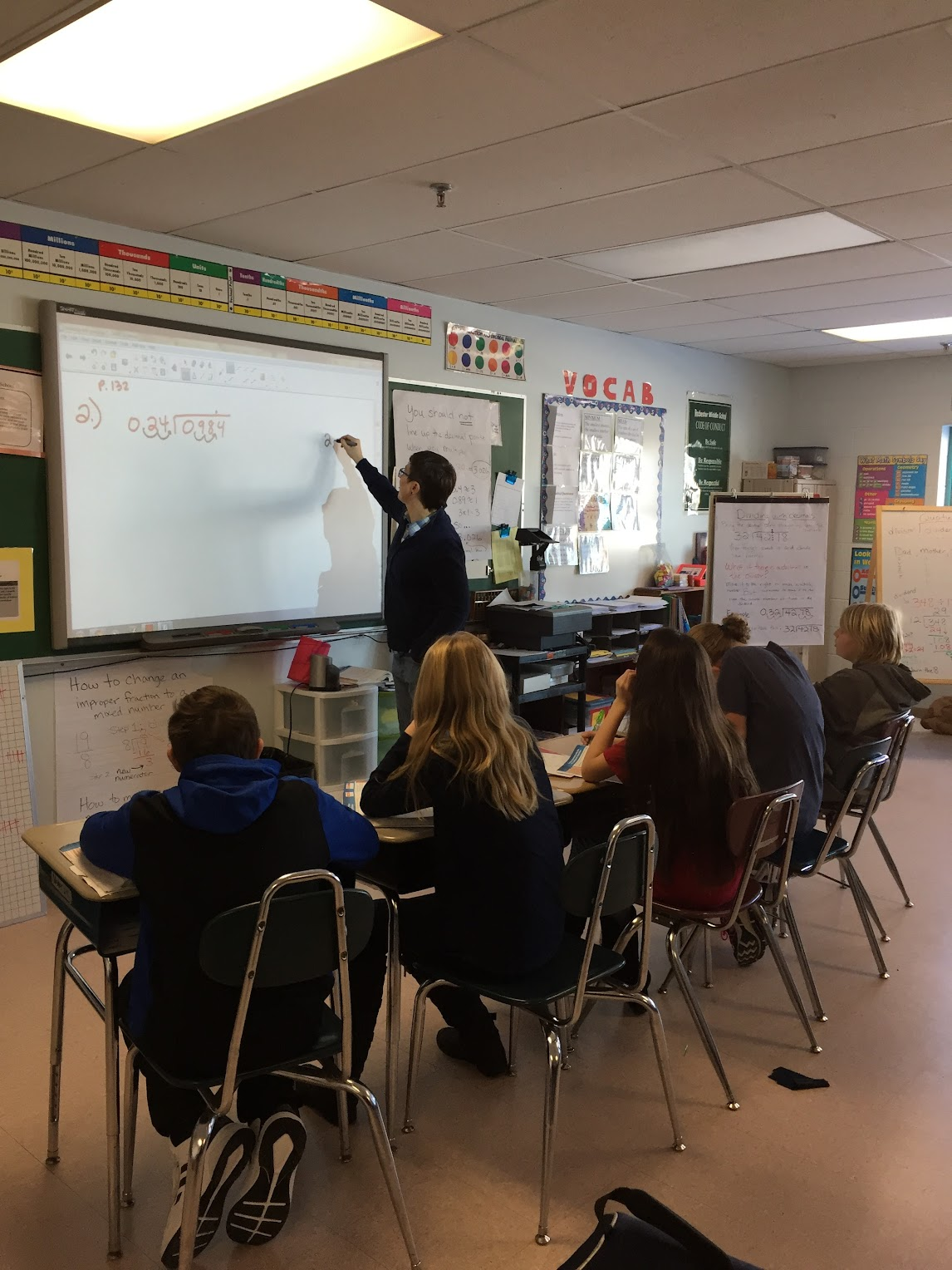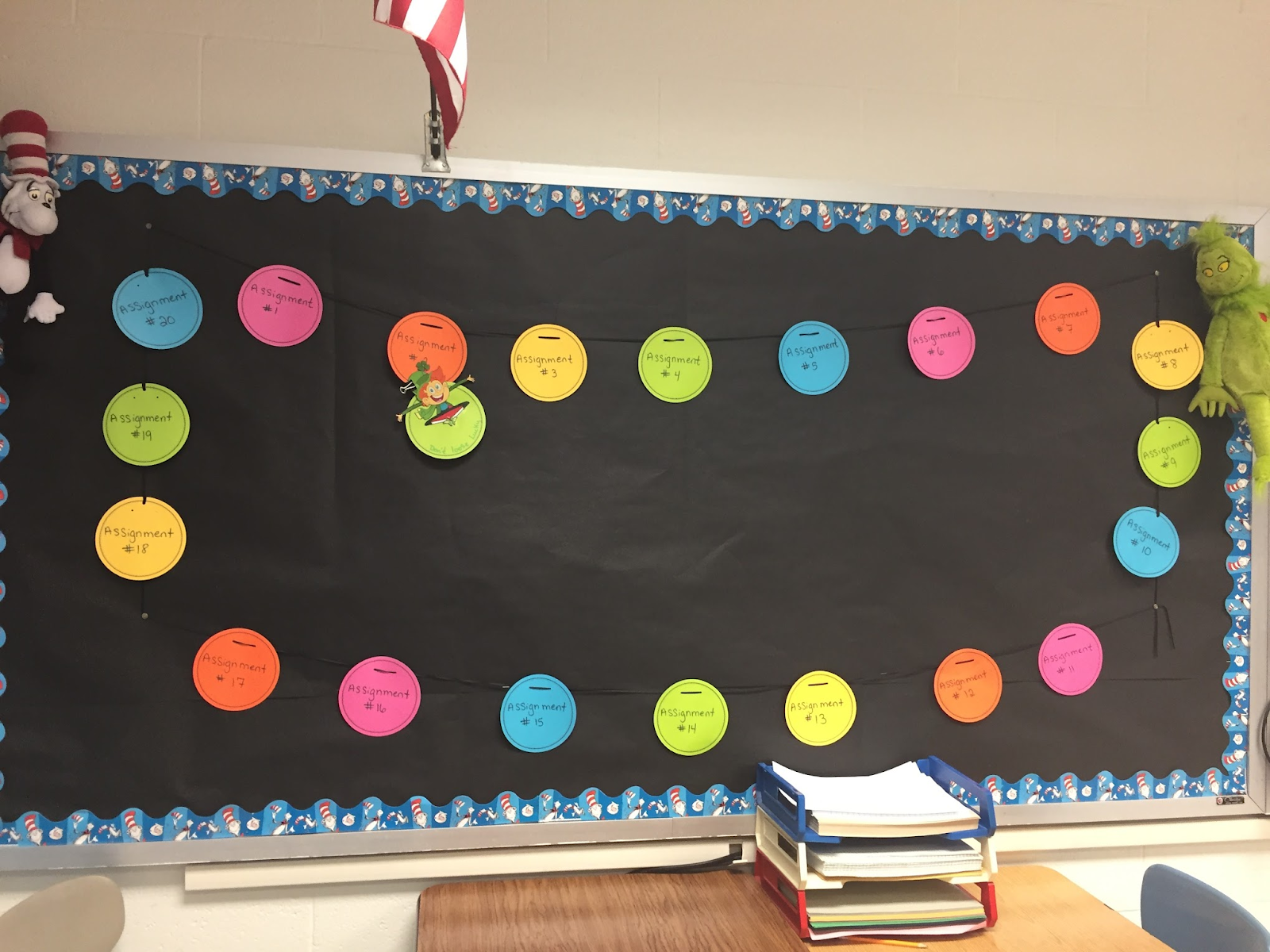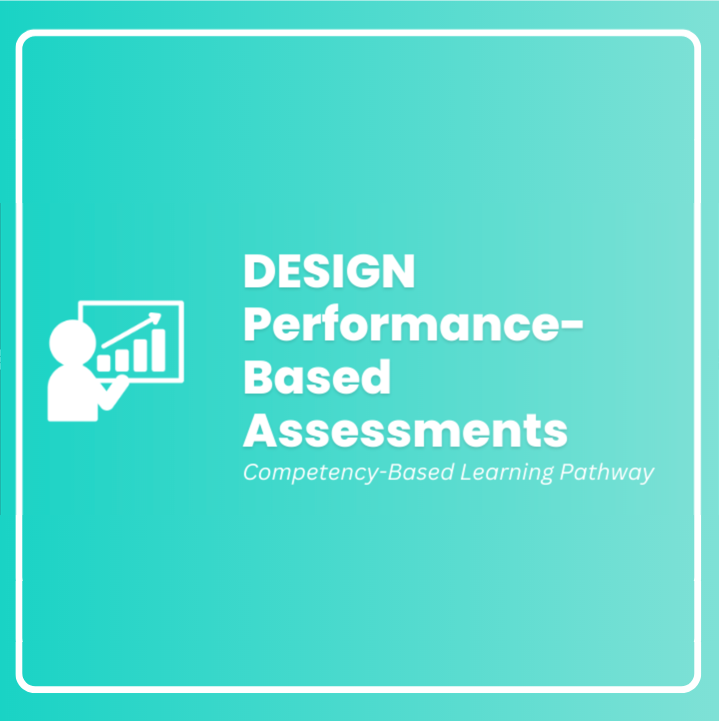Design Station Rotations
NOTE: This strategy is part of the self-paced Use Assessment as a Tool for Learning Course
Station rotation empowers learners to rotate through different stations or learning activities, each designed to meet their individual needs and learning styles. Ideally, stations include a variety of learning settings: independent (ideal for DOK levels 1-2), collaborative (ideal for DOK levels 3-4), and teacher-led (responsive and tailored to the strengths and needs of the group).
Bright Spots
Gain inspiration from authentic examples of this strategy shared by teachers who have used them with their learners.
Creating your own Bright Spots? Let’s get them out into the world! Share yours here.





